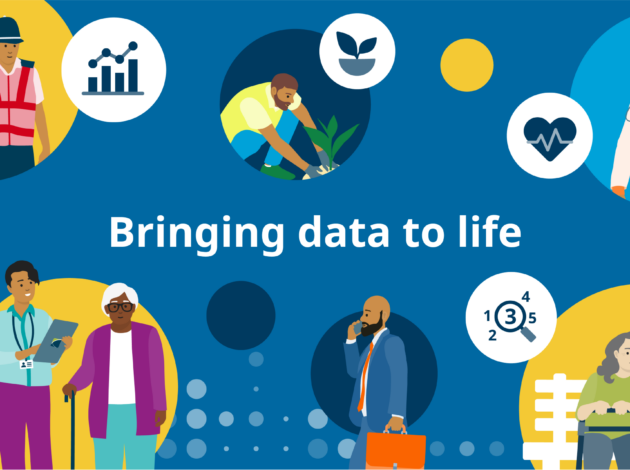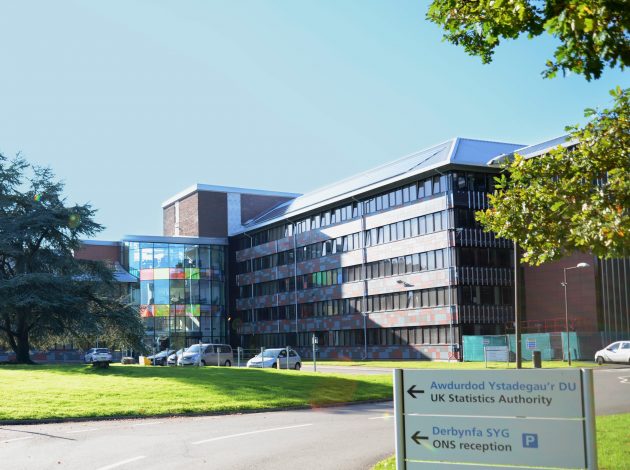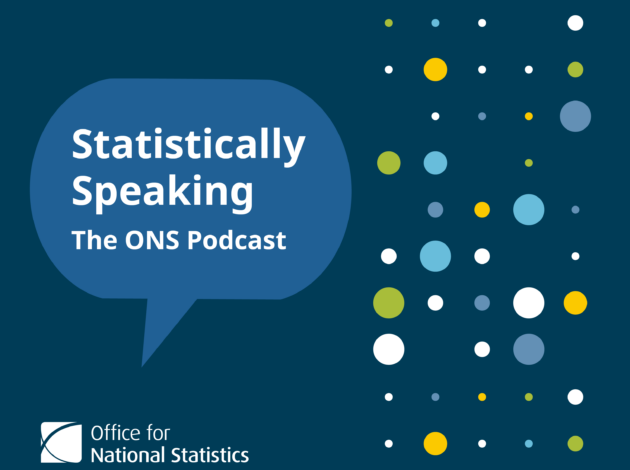Trust in official statistics remains high but there’s still work to do

From playground surveys to video guides, Professor Sir Ian Diamond explains how the ONS is boosting its efforts to get…
Read more on Trust in official statistics remains high but there’s still work to do

